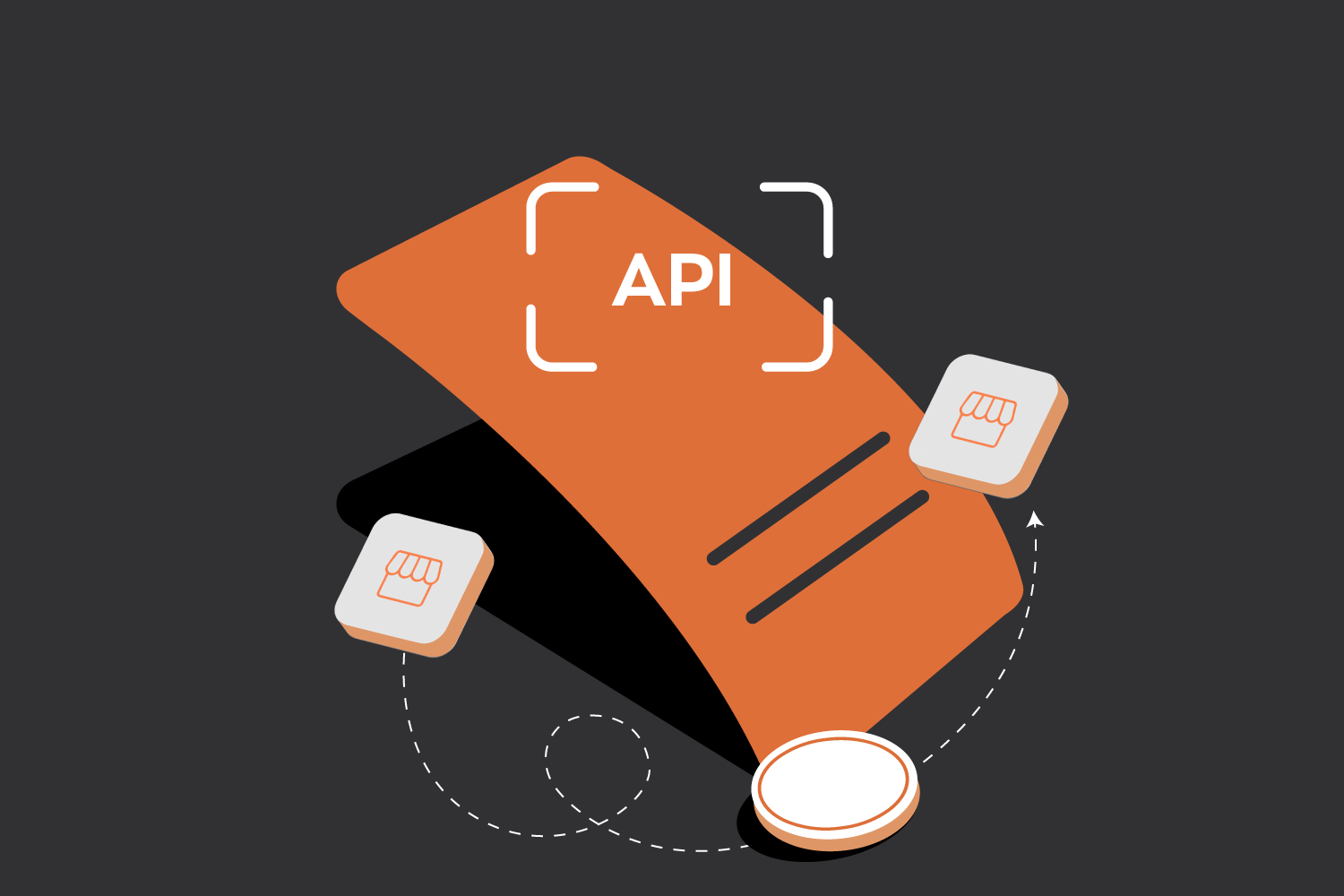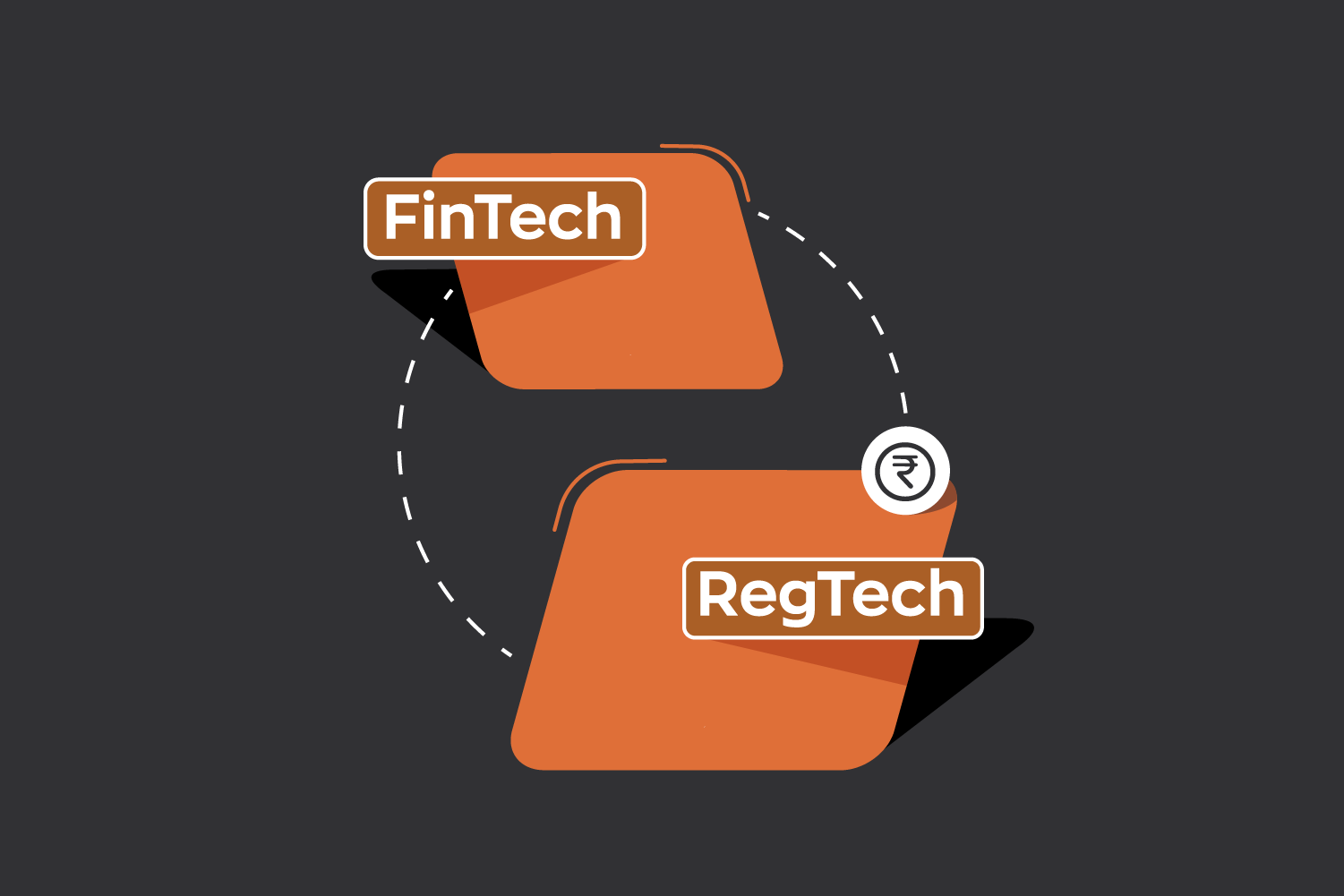The technology and digital world has seen three major waves so far – the internet, cloud, and mobile. Projected as a USD 7 trillion industry by 2030, Embedded finance holds the potential to be the fourth major wave in the space. With embedded finance, the future is clear – ‘Any brand can be a fintech’. This tectonic shift in fortunes for businesses is already here. However, this also puts forth a challenge for both brands and banks. According to a survey conducted by Zwitch, Asia’s first end-to-end embedded finance platform, 72.2 % of the entrepreneurs expressed interest to embed financial features into their product or service. While more and more entrepreneurs are ready to jump into the embedded finance bandwagon, it raises two basic questions – With brands embedding finance, are banks going to lose out their customer segments to fintechs? Who all are going to be the first-movers and who all will miss out?
Banks v/s Fintechs
You put representatives from banks and fintechs in a room discussing embedded finance, there is an elephant in the room – Is this going to be banks versus fintechs in the future?
For a long time, the ‘narrative’ surrounding embedded finance is that banks are ‘losing’ to fintechs in the race to provide innovative banking products to a relatively younger customer audience. There are reports that suggest that a user’s ‘next loan’ may not be from a bank. While this is a good marketing tagline, the reality is far from it. Banking is still a heavily regulated industry across the world. Embedded finance providers unless they secure all the necessary licenses, compliance checklists and more cannot offer any banking product without the help of licensed financial institutions. Contrary to the title of this section, it is not a competition between banks and fintechs, rather a carefully organised co-ordination between the two. With tie-ups to embedded finance providers like Zwitch, banks are opening up new distribution channels for their core products like payments, accounts, loans etc.
How keen are entrepreneurs to embed financial features into their brand?
The survey by Zwitch shows that 55.4% of the entrepreneurs who responded to the survey were planning to embed financial features immediately in the next one year while 22% entrepreneurs were looking to do this in the next 2-5 years. The top reasons why entrepreneurs want to adopt embedded finance include adding new revenue streams, repositioning their product, fundraising, and increased current user engagement The other decisive factors for entrepreneurs included generating a higher average customer lifetime value, attaining profitability faster, and marketing opportunities.
At 88.2 %, embedding cards remain the topmost feature that entrepreneurs want to integrate into their existing product or service, followed by lending at 75.4 % and current accounts at 66.7%. The other preferred features include buy now pay later, savings accounts, payouts and cross-border payments.
But while the interest levels among businesses are high, it’s time to analyse the second question – Who all will be the pioneers and who might miss out?
The Embedded Finance Challenge & Solution
We speak to entrepreneurs on a regular basis and while the willingness is very high, they have one concern that towers over everything else – their in-house technology capabilities! For the longest time, embedding financial features was seen as a solution that requires a significant investment in terms of time and financial resources. This puts early-age organisations at a significant disadvantage while enterprises can allocate adequate resources for this.
I firmly believe that while the opportunity is right in front of us, it wouldn’t be fair to pit brands of different scales and capabilities against each other. Every brand must get a fair chance based on their capabilities and this can only be achieved if there are segregated offerings from embedded finance players. The traditional API stack offering will continue to serve the market. However, it is the no-code and low-code offering that will truly define the scalability of embedded finance across industries.
In simpler terms, a Youtuber should be able to offer travel credit cards to their fans without having to type a single line of code, or a school should be able to offer savings accounts to students with a simple line of code as simple as embedding a video to a website. This solution is what will truly democratise financial services for everyone.
Article originally published in The Economic Times



0 Comments